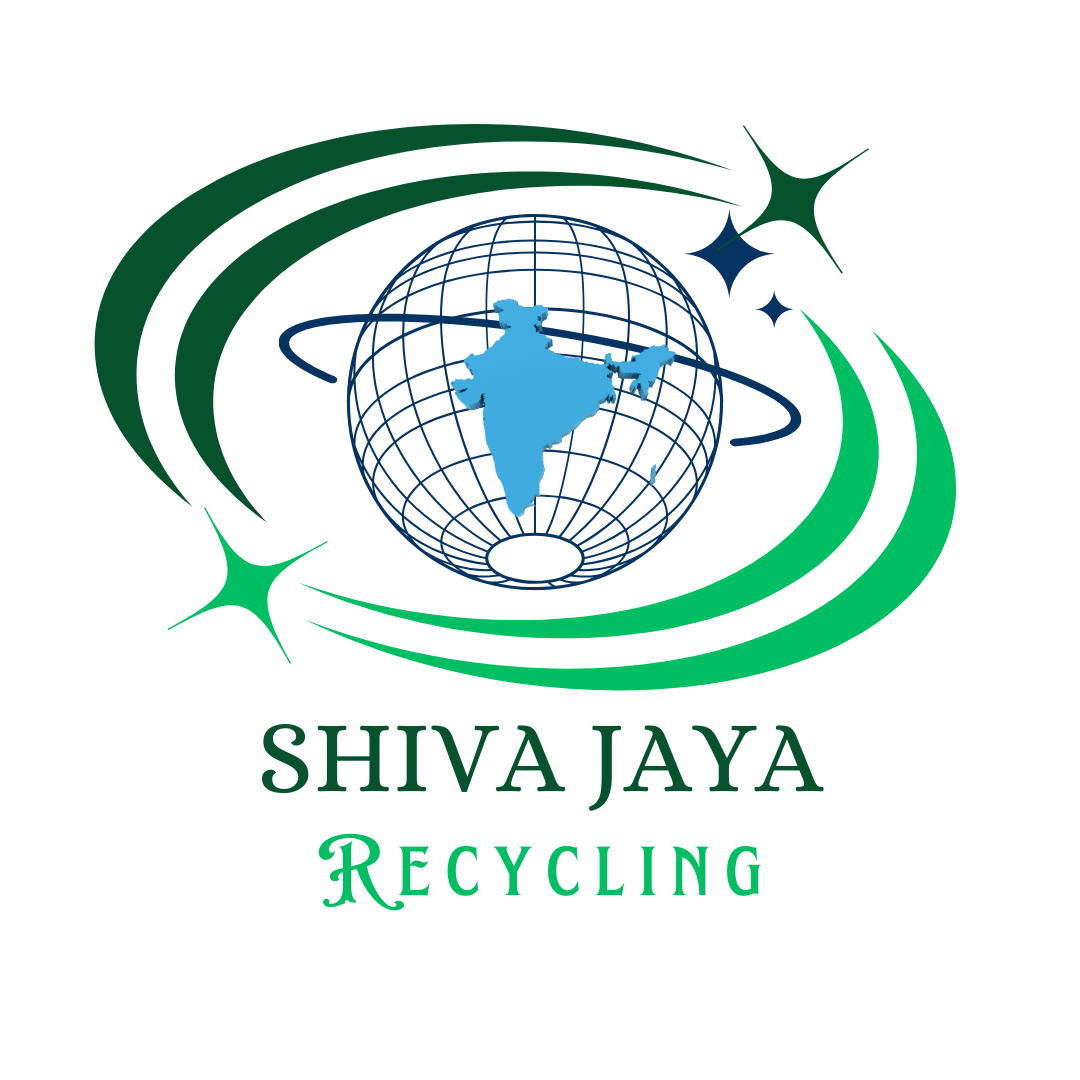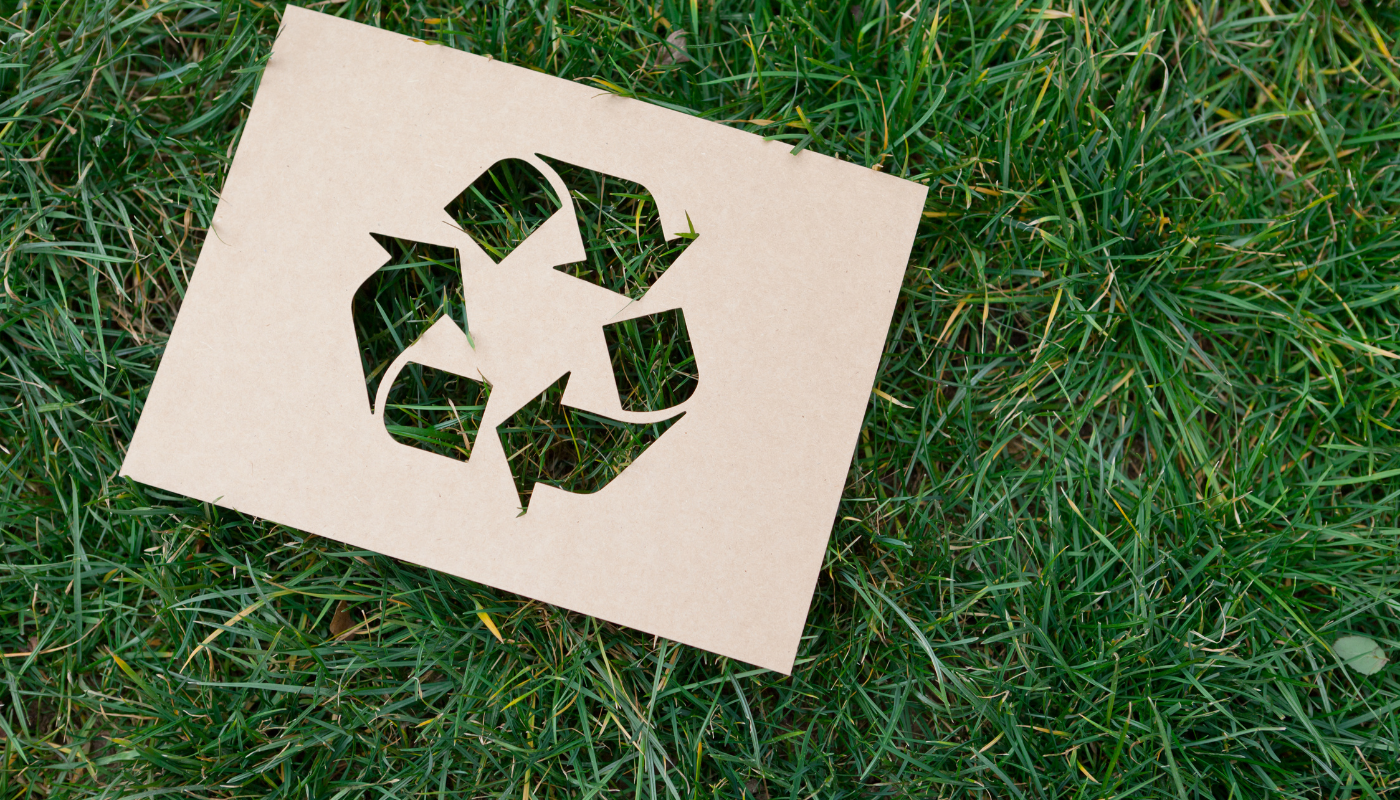Not all recycling is created equal, and it’s crucial to distinguish between three types of recycling processes based on their effectiveness in renewing the value and quality of materials. These processes, in descending order of effectiveness, are upcycling, recycling, and downcycling.
Upcycling
Definition: Upcycling involves converting a material into something of greater value than its original form.
Example: Scraps of cloth left over from clothing production can be upcycled into high-quality bags, creating a more valuable and useful product than the original cloth scraps.
Significance: Upcycling is particularly impactful in regions lacking reliable recycling systems or facing landfill challenges. It transforms materials into higher-value items, contributing to a more sustainable approach.
Recycling
Definition: Recycling converts a material into something of roughly the same value as its original form.
Process: Recycling breaks down a product into its constituent materials, which are then used to create new items. The resulting material is generally of equal quality.
Examples: Metals, aluminum, and glass are materials that can be recycled multiple times while maintaining their quality. Cloth scraps can be recycled into threads and then used to produce new bolts of cloth.
Note: While true recycling maintains the material in the same life cycle, a significant portion of recycling can involve downcycling, especially for materials that result in lower-quality substances upon recycling.
Downcycling
Definition: Downcycling converts a material into something of less value than its original form.
Process: Downcycling transforms the material into a lower-quality substance, which is then used to create a lower-grade product. This occurs when the material cannot retain its original durability through reprocessing.
Examples: Recycling clothing into cleaning rags or converting writing paper into newspaper are instances of downcycling. Paper and plastic are materials prone to downcycling due to challenges in maintaining their original quality.
Overall Impact: Despite varying levels of value retention, all types of recycling contribute to extending the material’s life, reducing the need for virgin raw materials, and delaying the material’s journey to landfills.
In conclusion, understanding the distinctions between upcycling, recycling, and downcycling helps individuals and industries make informed choices about waste disposal. Proper sorting of waste into the appropriate recycling bins ensures that materials undergo the most effective recycling processes, minimizing environmental impact and promoting sustainability.

